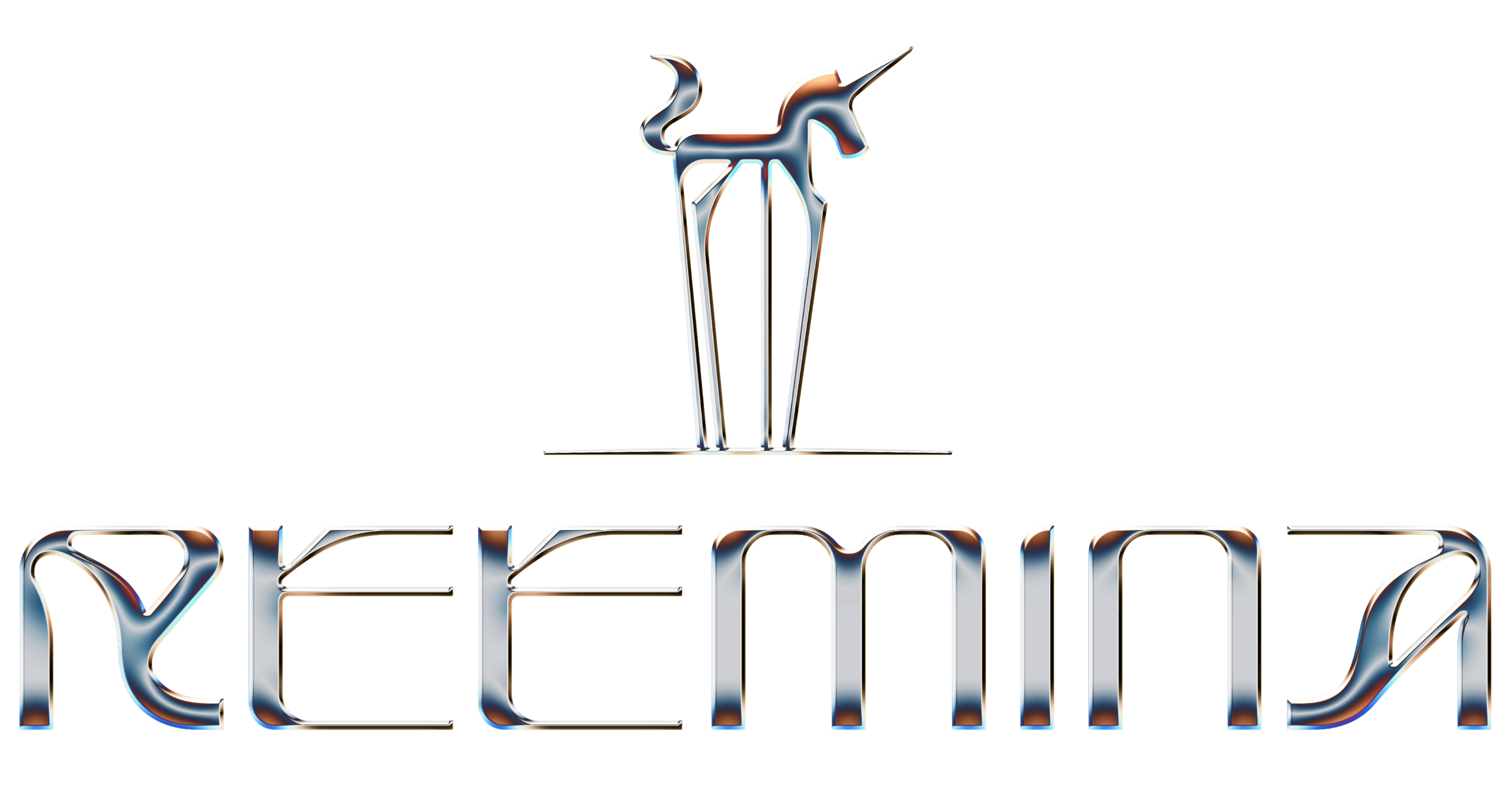Hire for Cultural Fit
Avoid rotten apples in the bunch by checking cultural fit during the hiring process. Alignment of values builds strong, healthy corporate culture.
ALIGNMENT
Cultural Fit for Corporate Culture
Each and every team member should have alignment between their personal and corporate values. This builds a strong corporate culture.
FIRING
Firing Someone?
If someone doesn’t have a fit, it’s preferable that they find a different job. This is not to say they are a bad person, just that there is little satisfaction (from either side) without this alignment. It could also be a case of ‘one rotten apple spoils the whole bunch’ because others on the team might feel it’s not fair.
HIRING
Hiring Someone?
If managers decide to hire on cultural fit, it minimizes the mismatch between the individual and company values. It’s best to assess cultural compatibility before hiring. This can be done via different methods, like a discussion with an expert psychologist in your HR department, or with a specially designed test.
No matter the method, it is recommended to check, in order to build a strong and healthy corporate culture.
Leading as Role Model
You, as a leader, are always a role model for your team. Does your behavior model the organization’s values? Do you convey their importance to the team?
ROLE MODELS
Leaders as Role Models
Whether you want it or not, you, as a leader or manager, are always a role model to your team.
This is obvious to the team first when looking at values – yours individually and those of the organization – because it is apparent in what you say and in your behavior.
ASK YOURSELF
Questions to Ask Yourself
How do you incorporate the organizational values in your daily work?
Do you exhibit them to your team?
Do you stand behind them?
Do you remind your team of the values?
Are you proud of the company culture?
WORDS AND ACTIONS
Always the Role Model
People can tell if the company values are important to you or not.
What are you modeling with your words and actions?
Values Party
Celebrate how well each team member represents the company values at a ‘Values Party’ using peer-reviewed and self-assessed feedback.
GET READY
Prepare a Spreadsheet
A few days before the scheduled Values Party, each member of the team should receive a spreadsheet. The horizontal line lists out the company values. The vertical line lists all the members of the team, including yourself.
SET
Evaluate Colleagues and Teammates
Consider each of your teammates. What is their strongest value? What value do they represent the most? Mark this on the sheet. Now consider which value they show the least. Maybe there is one that they don’t show at all. Maybe there is one that they understand and show, but not as strongly as the others. Mark this as their weakest.
Now evaluate the same things for yourself.
PARTY!
Time to Party
Meet up with your spreadsheets, preferably in person. The team gives their feedback for one colleague at a time.
Don’t just read from the sheet. This is a discussion – so actively listen and give examples. The selected teammate of that round also has the chance to speak up, say their own personal self-assessment, and to reflect on what was shared.
This is a great time to communicate open issues, challenges and suggestions. If all members choose the same weakest value for you, for example, it is a clear signal of how you’ve been hurting the team, and where you can improve. This is also a place to celebrate the ways you are really championing a company value.
Each colleague takes a turn to be assessed and self-reflect. By the end, everyone has a review from each team member.
DO IT RIGHT
Don’t Rush Things
Allow enough time for sincere talks. This is not a task for a 10-minute meeting. A few hours, or even a whole day, gives the time and space for such frank and deep discussion that can be painful or emotional at times.
Open and Honest
A safe and cozy environment lends itself for honest and open discussion. And make it enjoyable – this is a party after all!
Explore next room: Energy Economics
Manage your organization’s flux of the fundamental currency, needed for creation, and get as diligent about it as you are with finance.

